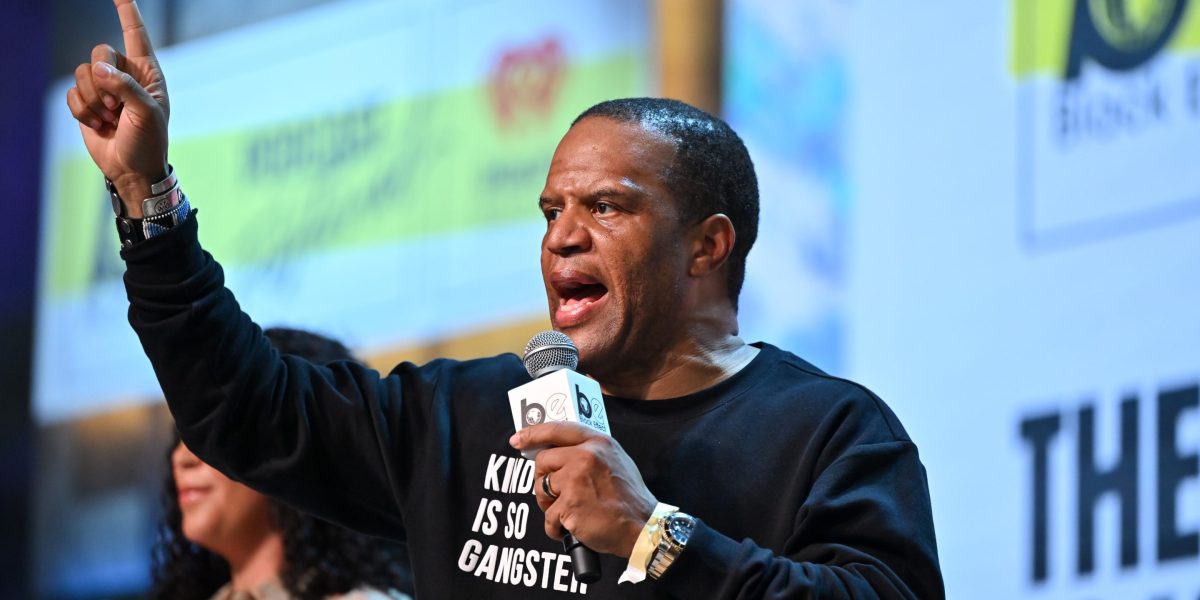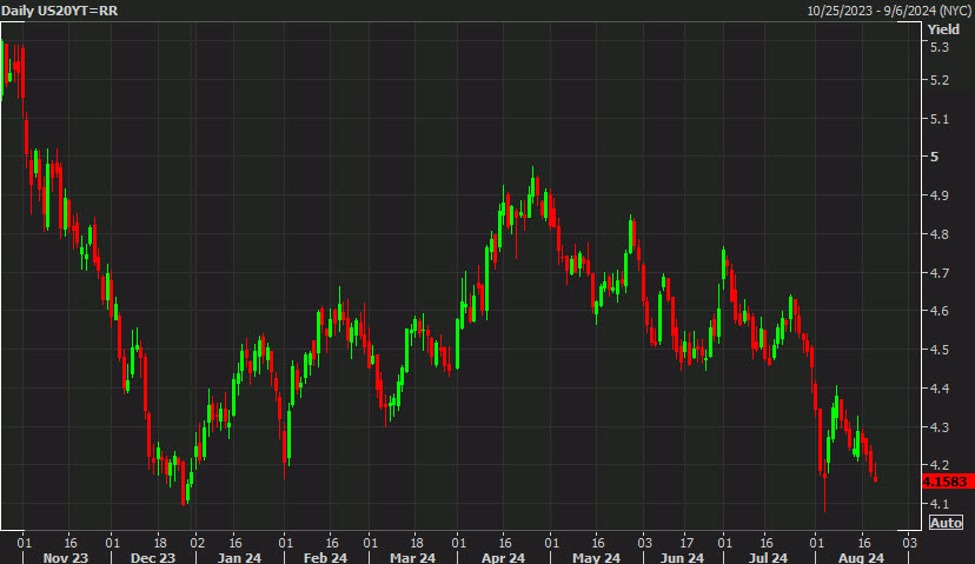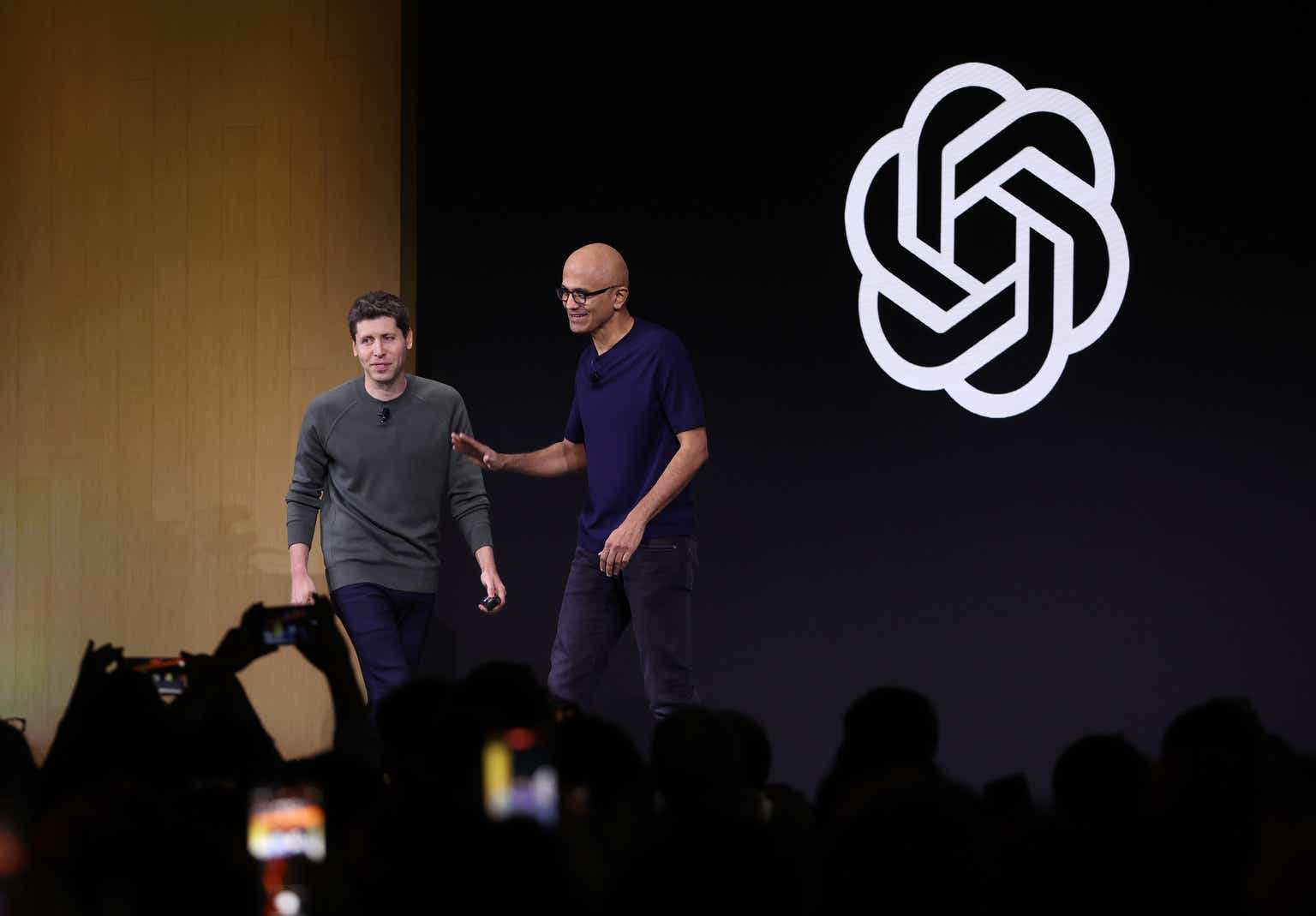

It’s no secret that people can’t afford to buy homes in this post-pandemic era. Home prices skyrocketed during the pandemic, mortgage rates soared after, and that brings us to the present moment: The storm has sort of calmed, and yet prices are still high, and so are rates. But the founder and chief executive of a nonprofit has an interesting proposal: a 40-year mortgage.
“The 30-year mortgage has been the American standard for decades, balancing affordable monthly payments with a reasonable repayment period,” Operation Hope’s John Hope Bryant wrote in an op-ed for CNBC. “However, as home prices soar and interest rates rise, particularly in urban areas, even 30-year mortgages can leave many families struggling with unaffordable payments.”
He continued: “A 40-year mortgage would lower monthly payments by extending the repayment period and possibly locking in an affordable market rate, making homeownership accessible to a broader segment of the population.”
Hope Bryant, a former advisor in the Obama administration, goes on to say the 30-year mortgage was a product of the Great Depression when people lived much shorter lives. “Today, with life expectancy nearing 80 years, a 40-year term aligns better with modern realities,” he wrote.
It’s true, people are living longer. But the 30-year mortgage, a uniquely American thing, while seemingly revolutionary, was somewhat associated with being in debt for a significant portion of your life. That, of course, has evolved over time. In today’s world, one where mortgage rates more than doubled in such a short period of time, there almost isn’t anything better than 30 years of fixed debt—that is, if you’ve locked-in a low rate of interest. It’s why we’re seeing people become accidental landlords, too. It’s the very thing that is keeping people from selling, exacerbating housing supply woes. Redfin’s chief executive, Glenn Kelman, previously told Fortune, the 30-year mortgage has had “the perverse effect of keeping home prices high” because the Federal Reserve raising interest rates to tame inflation has had little effect on anyone who owns their home, except keeping them in place.
“Critics may argue that a longer mortgage term increases the total interest paid, but the benefits of affordability and access outweigh this drawback,” Hope Bryant said. “For many, the alternative is indefinite renting, which builds no equity and leaves families vulnerable to rising rents and economic displacement. A 40-year mortgage allows more people to begin building equity sooner, offering a pathway to long-term financial stability and sustained human dignity—a key element of the American Dream. A pathway up the repaired economic aspirational ladder in America.”
But who is a 40-year mortgage really for? Is it predominantly for younger generations? He doesn’t say, although it’s hard to imagine a 40-year-old signing up for a 40-year mortgage. Still, what he does say is the Federal Home Loan Bank System is the ideal one for this to work. It’s a government-sponsored enterprise to support mortgage lending and composed of multiple banks across 11 regions. Because it is established and has footholds across the country, Hope Bryant says the 40-year mortgage can be rolled out well. Separately, he’s proposed first-time homebuyers get mortgage rates between 3.5% and 4.5% via federal subsidies; they’d have to complete financial literacy training, and subsidies would be capped at $350,000 for rural areas and $1 million for urban.
To play devil’s advocate, most housing-policy analysts and urban economists will tell you the way to solve the country’s housing crisis is by building more homes, enough homes to meet the population needs. And it seems some lenders already offer 40-year mortgages, but it isn’t a traditional or common practice.















